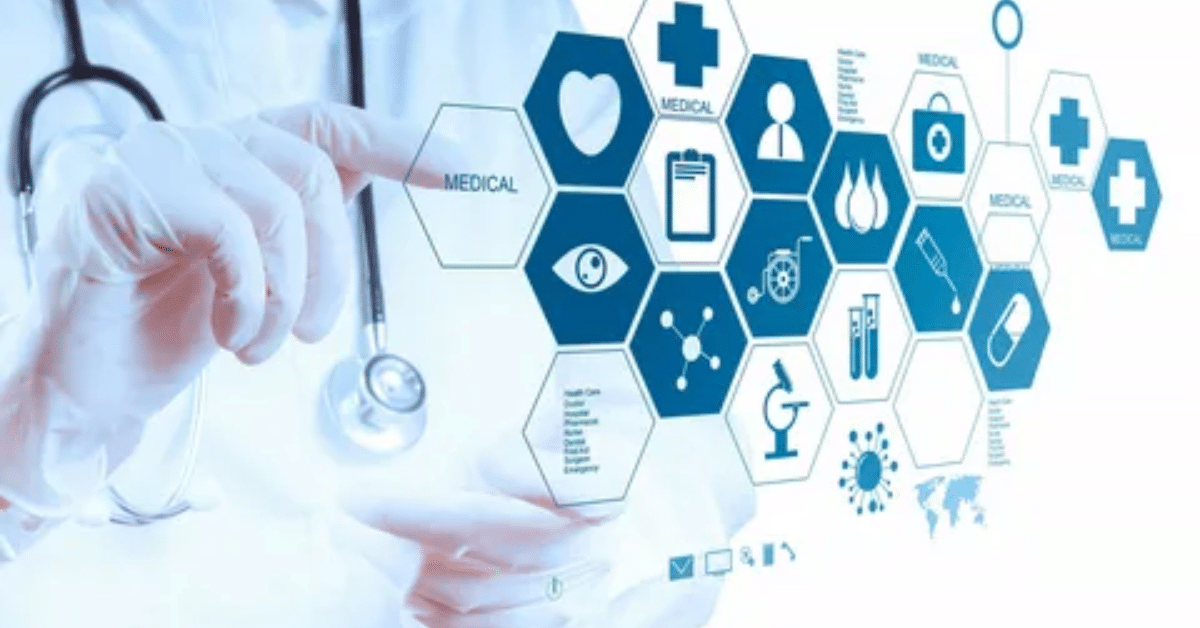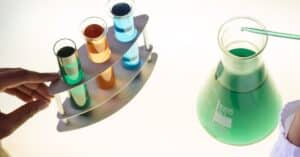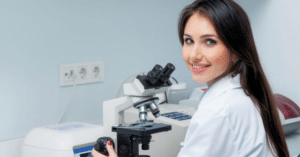In the realm of healthcare, diagnostic and medical care are indispensable pillars that underpin effective treatment strategies and patient management. However, when it comes to rare diseases, the landscape becomes more complex, presenting unique challenges that require innovative solutions. In this blog, we delve into the diagnostic challenges associated with rare diseases in 2024 and explore how advancements in diagnostic and medical care are reshaping the approach to these conditions.
Also Read: Key Blood Tests for a Comprehensive Health Check-up: Insights from Medical Blood Test Patiala
What are the challenges of rare diseases?
- Limited Awareness and Understanding: One of the primary challenges of rare diseases is the lack of awareness and understanding among healthcare providers, patients, and the general public. Due to their low prevalence, rare diseases often receive less attention and funding for research, leading to gaps in knowledge about their causes, symptoms, and optimal treatment strategies.
- Diagnostic Delays: Rare diseases are notoriously difficult to diagnose due to their diverse and often nonspecific symptoms. Misdiagnosis and diagnostic delays are common, leading to prolonged suffering for patients and missed opportunities for timely intervention.
- Access to Specialized Care: Patients with rare diseases may struggle to access specialized medical care and expertise, particularly in regions with limited healthcare infrastructure. This can result in disparities in treatment outcomes and quality of life for individuals affected by rare diseases.
- Limited Treatment Options: Many rare diseases lack effective treatments or cures, leaving patients with few options for managing their condition. The development of therapies for rare diseases is often hampered by regulatory hurdles, limited market incentives, and challenges associated with conducting clinical trials in small patient populations.
What are the challenges of disease diagnosis?
- Diagnostic Complexity: Diseases can manifest with a wide range of symptoms and clinical presentations, making accurate diagnosis challenging, especially in cases where symptoms overlap with multiple conditions. Additionally, some diseases have subtle or nonspecific symptoms that may be overlooked or attributed to other causes.
- Variability in Patient Response: Individual patients may respond differently to the same disease or treatment, further complicating the diagnostic process. Factors such as genetic predisposition, environmental influences, and comorbidities can influence disease progression and treatment outcomes, making it challenging to predict patient responses accurately.
- Resource Constraints: Limited access to diagnostic tests, medical imaging facilities, and specialized expertise can hinder the diagnostic process, particularly in underserved communities or low-resource settings. Inadequate infrastructure, funding shortages, and workforce shortages can exacerbate disparities in healthcare access and quality.
- Diagnostic Errors: Diagnostic errors, including misdiagnosis, delayed diagnosis, and overdiagnosis, are common and can have serious consequences for patient outcomes. Factors contributing to diagnostic errors include cognitive biases, incomplete or inaccurate patient information, and communication breakdowns among healthcare providers.
- Technological Limitations: While advancements in diagnostic technologies have improved our ability to detect and diagnose diseases, technological limitations and challenges persist. Factors such as cost, accessibility, and scalability of diagnostic tests, as well as issues related to test accuracy, specificity, and reproducibility, can impact the reliability and utility of diagnostic tools.
Understanding Rare Diseases
Rare diseases, also known as orphan diseases, are characterized by their low prevalence in the population. These conditions often pose significant diagnostic challenges due to their diverse manifestations, limited understanding, and lack of targeted treatments.
Diagnostic and Medical Care: Bridging the Gap
Diagnostic and medical care play a pivotal role in addressing the complexities of rare diseases. However, conventional diagnostic methods may fall short when it comes to identifying these elusive conditions. In many cases, patients with rare diseases endure a lengthy and frustrating diagnostic odyssey, characterized by misdiagnoses, delayed treatments, and limited access to specialized care.
Unlocking Diagnostic Insights
In recent years, advancements in diagnostic technologies have offered new hope for patients with rare diseases. From next-generation sequencing to advanced imaging modalities, these innovative tools have revolutionized the diagnostic process, enabling healthcare providers to uncover underlying genetic mutations and biological markers associated with rare conditions.
Navigating Diagnostic Challenges
Despite these advancements, diagnosing rare diseases remains a formidable challenge. The heterogeneity of symptoms, overlapping clinical presentations, and limited awareness among healthcare providers contribute to diagnostic delays and missed opportunities for early intervention. Furthermore, the lack of standardized diagnostic criteria and limited access to specialized expertise further compound the problem.
The Future of Diagnostic and Medical Care
Looking ahead, the future of diagnostic and medical care in rare diseases holds promise and potential. With continued investment in research, technology, and collaborative partnerships, we can overcome the diagnostic challenges that stand in the way of timely and accurate diagnoses for patients with rare diseases. By leveraging the power of data-driven insights, precision medicine, and patient-centered care, we can improve outcomes and quality of life for individuals affected by these often-overlooked conditions.
Conclusion
In conclusion, diagnostic and medical care are essential components of the healthcare landscape, particularly in the realm of rare diseases. By addressing the unique diagnostic challenges associated with these conditions and embracing innovation and collaboration, we can enhance diagnostic accuracy, streamline patient care, and ultimately improve outcomes for individuals living with rare diseases in 2024 and beyond. At Rapid Laboratory, we remain committed to advancing the frontiers of diagnostic and medical care to better serve the needs of all patients, including those with rare diseases.




